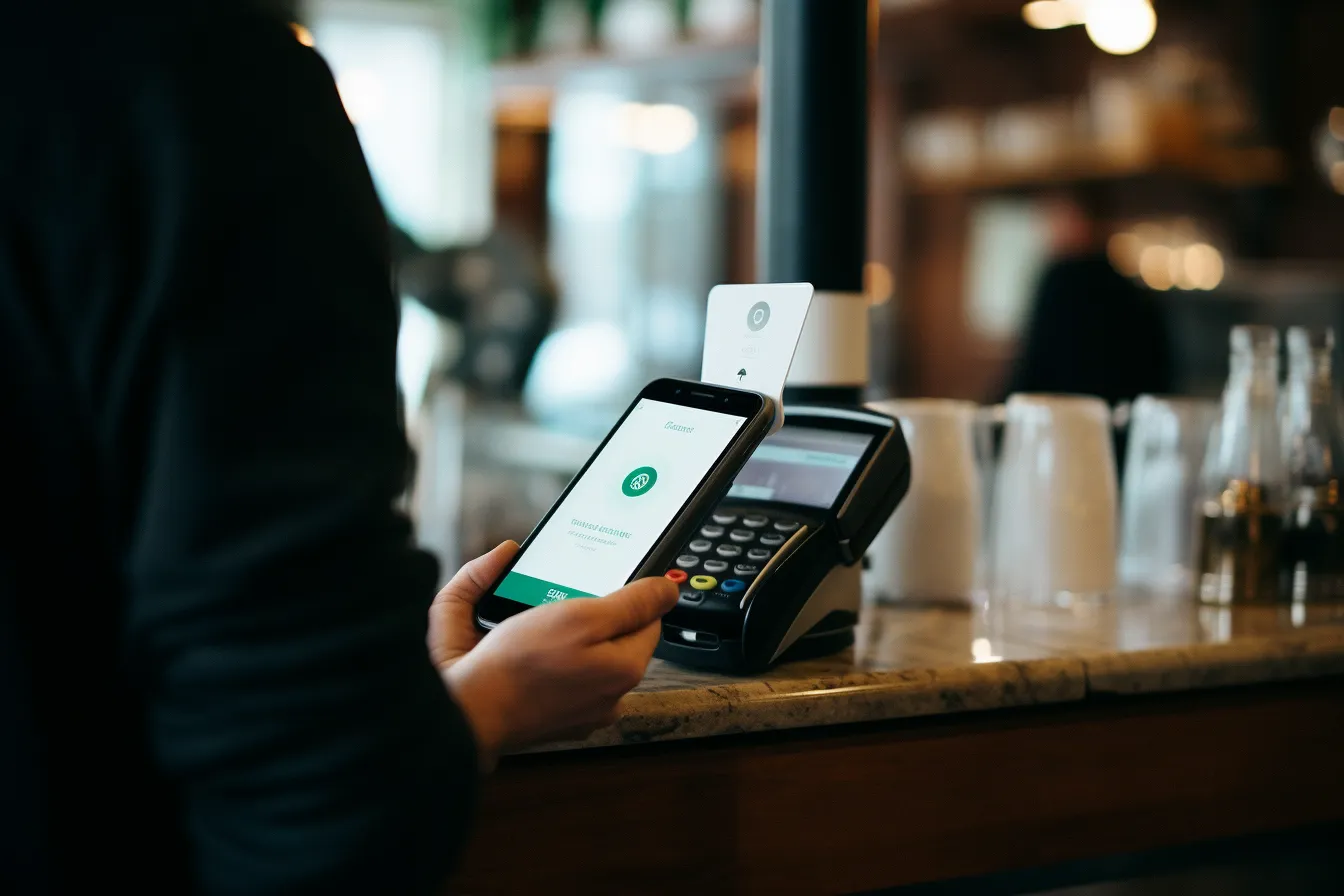In today’s digitally-driven world, cybersecurity has become an increasingly critical concern for individuals and businesses alike. This is particularly true in the banking industry, where the constant threat of cyberattacks necessitates the implementation of robust security measures. In this article, we will delve into the world of cybersecurity in banking and explore modern strategies that banks can adopt to fortify their digital fortresses.
The Rising Threat Landscape
With the advent of technology, the threat landscape in the banking sector has evolved significantly. Cybercriminals are now actively targeting financial institutions, aiming to exploit vulnerabilities and gain unauthorized access to sensitive customer data. From sophisticated phishing attacks to malware-infected websites, the methods employed by hackers are becoming increasingly sophisticated and difficult to detect.
As a result, banks are constantly on the lookout for innovative cybersecurity solutions that can effectively ward off these threats and safeguard their customers’ financial well-being.
Ensuring Robust Authentication and Authorization
One of the core pillars of cybersecurity in banking is strong authentication and authorization measures. Banks must implement multi-factor authentication protocols to ensure that only authorized individuals can access their systems and accounts. This involves combining something the user knows (such as a password), something the user has (such as a fingerprint or security token), and something the user is (such as biometric authentication).
Furthermore, banks should enforce strict access controls and user privileges within their systems. By implementing role-based access controls, banks can limit access to sensitive information to only those individuals who have a legitimate need for it.
Implementing Advanced Threat Detection Systems
Given the ever-evolving nature of cyber threats, banks must stay one step ahead by implementing advanced threat detection systems. These systems leverage artificial intelligence and machine learning algorithms to continuously monitor and analyze network traffic, identifying anomalous patterns and potential security breaches in real-time.
Furthermore, banks can employ behavior analytics to develop a baseline of typical user behavior, allowing them to identify any deviations that may indicate a potential cybersecurity incident. This proactive approach to threat detection enables banks to respond swiftly and effectively to mitigate any potential damage.
Encrypting Data to Protect Customer Information
In the realm of online banking, protecting customer information is paramount. Banks must adopt encryption techniques to secure sensitive data both in transit and at rest. This involves encoding data using complex algorithms, rendering it unreadable to unauthorized parties.
By implementing end-to-end encryption, banks can ensure that customer data remains secure throughout its entire journey – from the moment it leaves the user’s device until it is received and decrypted by the intended recipient.
Regular Security Assessments and Training
Continuous improvement is pivotal in the realm of cybersecurity. Banks should conduct regular security assessments to identify potential vulnerabilities within their systems and infrastructure. By performing penetration testing and vulnerability scanning, banks can identify weak points that could potentially be exploited by cybercriminals.
In addition to regular assessments, banks should provide comprehensive cybersecurity training to their employees. This training should not only cover the basics of security hygiene, such as password best practices and recognizing phishing attempts, but also educate employees on emerging threats and the latest security trends.
Conclusion
Cybersecurity in banking is a critical concern that necessitates the implementation of robust security measures. By ensuring strong authentication and authorization protocols, implementing advanced threat detection systems, encrypting sensitive data, and conducting regular security assessments and training, banks can fortify their digital fortresses against the constant onslaught of cyber threats. With these modern strategies in place, banks can enhance customer trust and confidence, ensuring the safety and security of their online banking experience.






